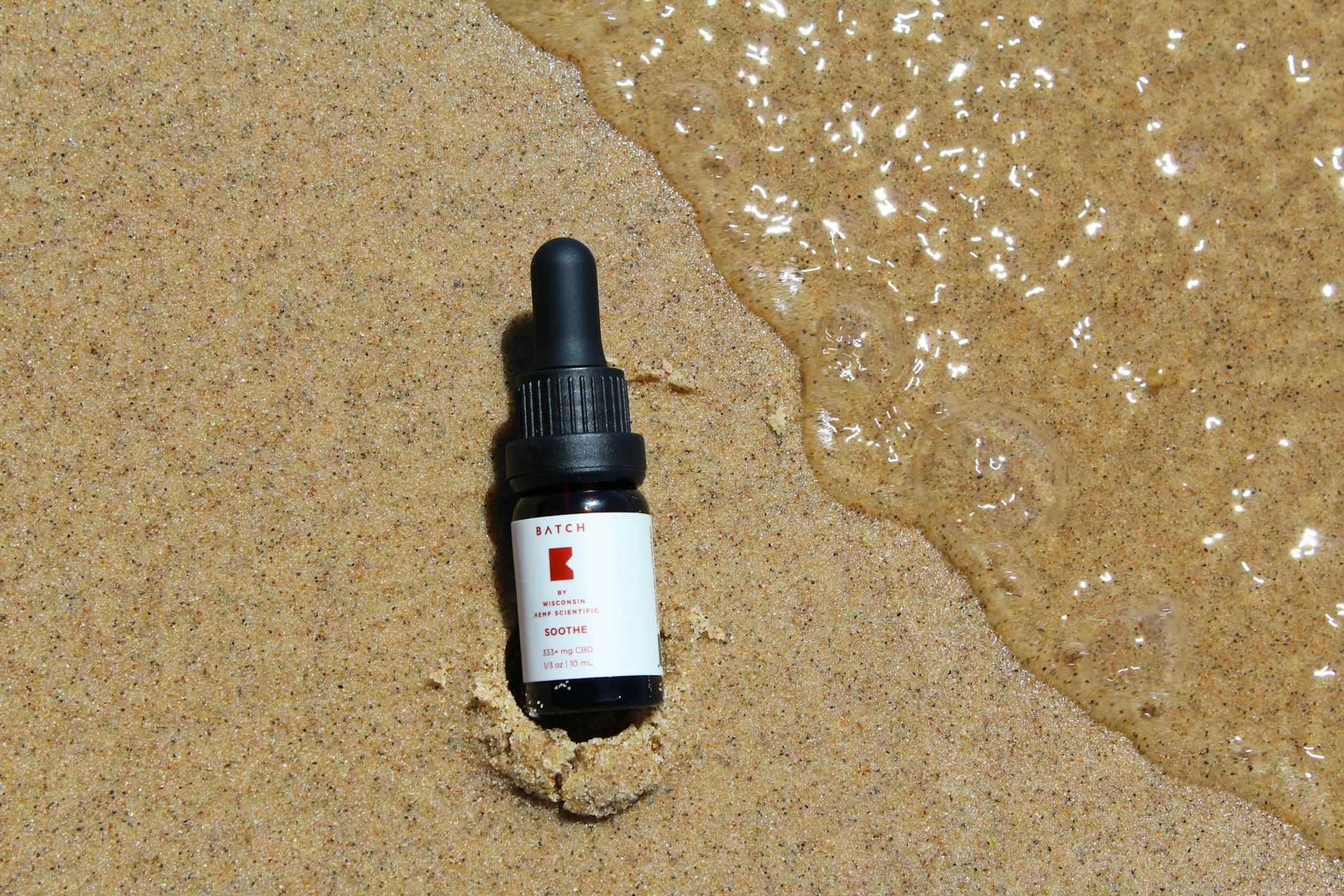Contents
Understanding THC Tinctures
A THC tincture is a liquid extract taken orally, absorbed quickly into the bloodstream through the mucous membranes. Unlike edibles, tinctures provide faster effects as they don’t require digestion. Additionally, tinctures differ from cannabis oils as they are alcohol-based, giving them a longer shelf life.
The advantages of using THC tinctures lie in their faster onset and easier dosing. Sublingual administration allows cannabinoids to enter the bloodstream rapidly, leading to quicker effects. Tinctures come with droppers or measured caps for precise and consistent dosing. However, users must be aware of potential side effects, including dry mouth, red eyes, increased heart rate, and altered perception. Overconsumption may lead to temporary anxiety, paranoia, or impaired cognitive function, and users should avoid operating machinery or driving while using THC tinctures.
Legal Considerations and Safety
It is crucial to research and comply with the legal status of THC products in your country, state, or region. Always ensure that you are of legal age to use THC products and purchase them from authorized sources, such as licensed dispensaries or trusted growers. Additionally, handling and storing cannabis and alcohol during the tincture-making process should be done with safety in mind, keeping all equipment and ingredients out of reach of children and pets.
Choosing the Right Cannabis Strain
Selecting the right cannabis strain is vital for achieving the desired effects. Indica strains are known for their calming properties, while sativa strains offer more energizing effects. Consider the THC and CBD content of the strain to achieve the desired balance of effects. Both THC and CBD play essential roles in the overall experience, with THC providing psychoactive effects and CBD potentially offering therapeutic benefits.
When identifying high-quality cannabis, look for vibrant colors, a strong aroma, and dense trichomes, while avoiding signs of mold, pests, or excessive handling.
Decarboxylation Process
Decarboxylation is a crucial step in making THC tinctures, as it activates the cannabinoids THC and CBD in cannabis. This heating process converts non-psychoactive THCA and CBDA into THC and CBD, respectively. Without decarboxylation, the tincture may lack potency and desired effects. There are different decarboxylation methods, such as oven baking or sous vide, and following specific instructions will ensure successful decarboxylation.
Selecting the Solvent
When making THC tincture, the choice of solvent significantly influences the final product’s potency and taste. High-proof alcohol, like Everclear, is the most commonly used solvent due to its efficiency in extracting cannabinoids. However, alcohol-based tinctures may have a strong taste, making them unsuitable for some individuals. For those seeking a non-alcoholic option, glycerin is an alternative choice, offering a milder taste but with less potent extraction.
THC Tincture Recipe and Preparation
To make THC tincture, you’ll need quality cannabis, either decarboxylated at home or purchased as decarbed cannabis. High-proof alcohol or glycerin serves as the solvent, and a glass jar with a tight-fitting lid is used for the infusion process. Dropper bottles are ideal for storing the final tincture.
The process involves adding decarboxylated cannabis to the glass jar and pouring the chosen solvent over the cannabis until it is fully submerged. Seal the jar tightly and store it in a cool, dark place for the infusion process, which typically takes 2 to 4 weeks for optimal extraction of cannabinoids and flavors.
Straining and Storage
After the infusion process, it’s time to strain the tincture to remove the plant material. A fine mesh strainer or cheesecloth is used for this purpose. The liquid is then transferred to dark-colored glass dropper bottles to protect the tincture from light exposure, and the bottles are sealed tightly to prevent air exposure that may degrade the tincture.
Dosage and Consumption
Proper dosage accuracy is essential when using THC tinctures. Start with a low dose and gradually increase if needed to avoid overconsumption. The dropper bottles allow for precise and consistent dosing. THC tinctures can be consumed sublingually by placing the desired dose under the tongue and holding it for 60-90 seconds before swallowing. Alternatively, they can be added to food or beverages for more discreet consumption.
Potential Effects and Tips for Safe Use
THC tinctures can provide various effects that vary from other cannabis consumption methods. Effects usually begin within 15-45 minutes after sublingual consumption and may last 2-6 hours, depending on the dosage and individual tolerance. Responsible use and safety measures should be followed to prevent adverse reactions. Avoid mixing THC tinctures with alcohol or other substances and educate users on potential interactions with medications or pre-existing health conditions.
Conclusion
Making THC tincture is an art that requires careful consideration of quality cannabis, solvent choice, and adherence to safety protocols. Understanding local laws and regulations is vital to ensure legal and responsible cannabis consumption. By following this guide and starting with a low dosage, users can create a potent and enjoyable THC tincture for their personal use and preferences.
